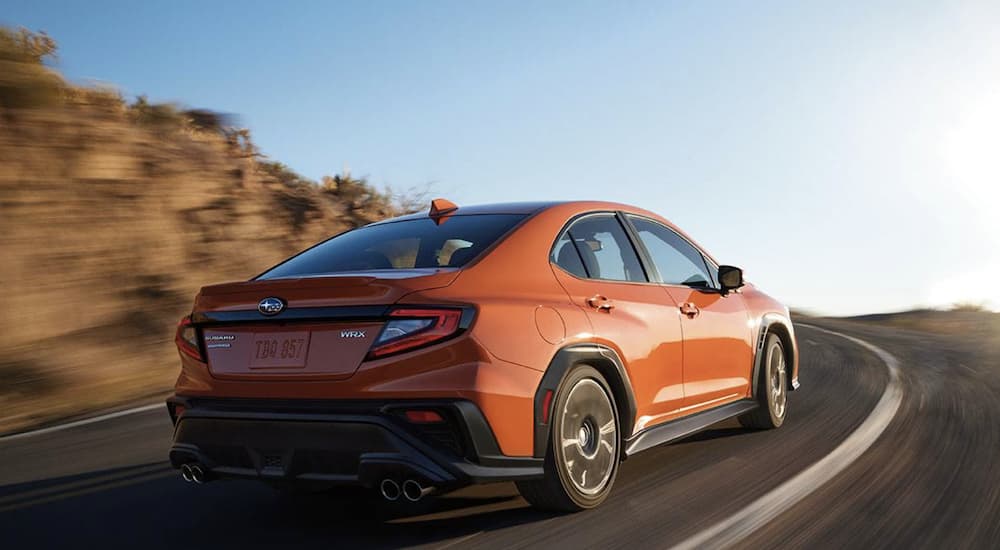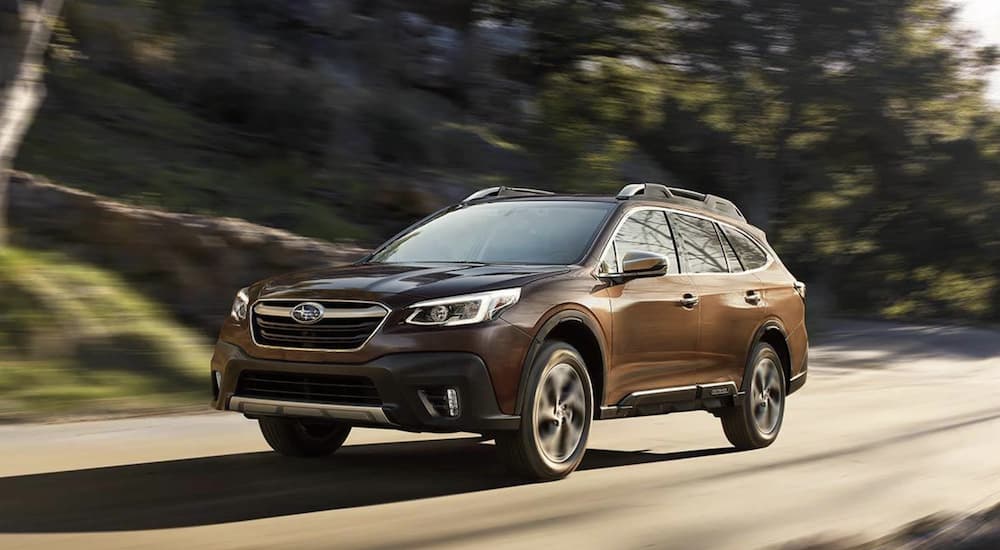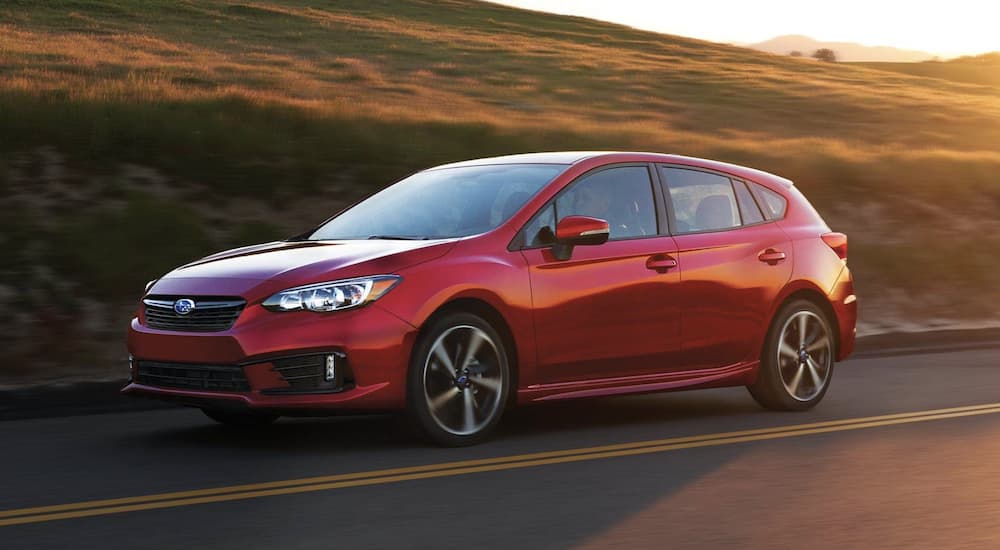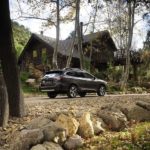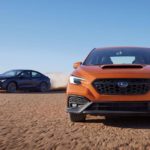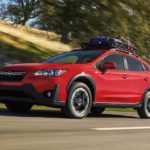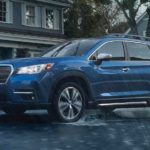There’s something you should know before you visit a local Subaru dealer. It may sound trivial, but it can be the difference between saving thousands of dollars or not. What’s the secret? Contrary to popular belief, new vehicles are often not worth your time.
This can be a controversial statement depending on who you ask, but I’m here to tell you that some Subaru vehicles that were released as much as five years ago offer more bang for your buck than the newest models. Everyone likes saving money, so why not save money in the easiest way possible? The only caveat is somebody else’s butt having occupied the driver’s seat previously.
“But wait!” I hear you say, aren’t vehicles poised to get better each year? And, wouldn’t the difference between a 2022 vehicle and a 2017 one be drastic? This couldn’t be further from the truth, and there’s a chance that you who are reading this either own or has owned a vehicle that was purchased used or pre-owned in the past.
Subaru vehicles, aside from being built to last, hold up their value in other ways: efficiency, performance, durability/versatility, or all of the above. The Subaru vehicles I’ll be discussing today include the WRX, Outback, and Impreza sedan. These three vehicles can all be found at far lower prices on the used market than their new counterparts. And yet, they still excel thanks to competitive features and figures.
Subaru WRX
The Subaru WRX needs no introduction. The question on some shoppers’ minds if they aren’t too familiar with the WRX, though, is whether a model from five years ago would perform like a different product altogether—compared to the newest model. Although the WRX has been around since the early 1990s in the form of the Impreza WRX, the first generation of its refresh took place in 2014. Another generational leap wouldn’t occur until 2021, which begs the question from some drivers: How much performance differential necessitated an entirely new generation?
Fortunately, this isn’t the case with the WRX, because even a model from 2017 will perform nearly identically to the newest 2022 WRX. More surprisingly, the 2017 WRX slightly outperforms the 2022 model substantially thanks to a re-done powertrain configuration in 2022, which I’ll discuss shortly. That’s right, the generational leap that the WRX took in 2021 didn’t improve performance all too much, making it all but impossible not to recommend an older model from as long as five years ago to shoppers looking for a fantastic deal.
So, let’s bring in the new 2022 WRX for comparison. The 2022 WRX utilizes a 2.4-L Turbo-Boxer 4-cylinder engine linked with either a 6-speed manual or a Continuously Variable Automatic Transmission (CVT). It produces a modest 271 hp and 258 lb-ft of torque. Comparatively, this engine and its performance are more akin to the base turbocharged 2.0-L 4-cylinder engine found in the 2017 model. This turbocharged engine also pairs with either a 6-speed manual or CVT, and it turns in a comparable 268 hp and an identical 258 lb-ft of torque. And, because both engines are turbocharged, the 2017 WRX turns in impressive EPA-estimated ratings of 20 mpg city and 27 highway—against the 19 mpg city and 26 mpg highway you’d get with the new boxer engine inside of the 2022 model.
The largest difference between the 2017 and 2022 WRX models is a rather surprising one: better performance on the older model. Why is this? The 2017 WRX can be fitted with a turbocharged 2.5-L 4-cylinder engine paired with a 6-speed manual transmission, outputting 305 hp and 290 lb-ft of torque. Although it’s slightly less fuel-efficient—garnering EPA-estimated ratings of 17 mpg city and 23 highway—it’s a worthy trade-off for some to gain the 12.5% uptick in horsepower and 12.4% increase in torque output.
Subaru Outback
Thanks to the Subaru Outback, Subaru fans have had an adventure-filled SUV to drive that stands wheel-to-wheel with its competitors at a low cost of entry. The Outback has guaranteed drivers three things throughout the years: cargo space, off-roading features, and performance.
Let’s put things into perspective. The 2017 Outback is available with both a 2.5-L 4-cylinder boxer engine and a 3.6-L 6-cylinder engine. The 2022 model replaces the boxer 4-cylinder engine with a Flat 2.4-L 4-cylinder engine and replaces the 6-cylinder engine with a turbocharged 4-cylinder Flat engine. With the 2017 Outback, the base powertrain configuration gets you 175 hp and 174 lb-ft of torque, and the upgraded powertrain outputs 256 hp and 247 lb-ft of torque instead.
Like the newer Outback models, the 2017 model includes an AWD system and 8.7” of ground clearance, which is a healthy amount, especially considering how essential ground clearance is when off-roading. Additionally, the 2017 model comes with X-Mode, which is essentially Subaru’s 4LO system, meaning X-Mode will help you get through tough terrain such as snow, mud, etc. Best of all, this isn’t an optional feature, either; X-Mode is guaranteed to come with your 2017 Outback.
Another standout feature of the Outback is exceptional cargo space. This holds for both the newer Outback models and the ones from up to five or more years ago. Inside the 2017 Outback, you’ll have 73.3 cu.ft. of cargo space at most, meaning if you’re planning on doing some adventuring, the Outback can be the tool that does it all.
To make your adventure more of a luxurious experience, however, the Outback can be fitted with an array of amenities. These include a 10-way power-adjustable driver’s seat, 4-way power-adjustable passenger’s chair, and Harman Kardon premium audio setup to complement the 7” infotainment center. With this premium audio solution, you can expect twelve high-fidelity speakers situated throughout your cabin, all running on 575W of power.
Subaru Impreza
If I had to come up with two words to describe the Impreza sedan, they’d be efficiency and value. Simply put, if you’re looking to save the most money possible, and you’re interested in a five-year-old sedan, then you should certainly consider the Impreza. Why is this? The Impreza received a complete overhaul with the 2017 model, which sparked a new generation that the Impreza is still in the process of today. And, because of this, many similarities can be found between the two, including performance and efficiency.
The main difference: the 2017 model will cost far less, especially thanks in part to depreciation that dictates a vehicle will lose 60% of its initial value after five years on the market, according to CarFax. Since the Impreza is already the cheapest sedan in Subaru’s lineup, it’s a no-brainer if saving money is a top priority of yours.
As mentioned, performance has remained the same over the last five years, and both the 2022 and 2017 Impreza sedans come equipped with 2.0-L 4-cylinder engines paired with your choice of a 5-speed manual transmission or a CVT. Since both models contain the same engine, both produce 152 hp and 145 lb-ft of torque. Interestingly, you can also expect the 2017 Impreza to be more fuel-efficient than its newest counterpart. For example, the 2022 Impreza receives EPA-estimated ratings of 28 mpg city and 36 highway with the CVT, and moving over to the 2017 model reveals a slightly higher 28 mpg city and 38 highway with the same transmission.
It’s a rare event when an older vehicle can outperform its newest sibling in more ways than one; ultimately, you could consider that the secret to used Subaru shopping. If purchasing a new vehicle has crossed your mind once or twice, it’s worth it to take a step back and explore the used market first, because what you find might just surprise you.
